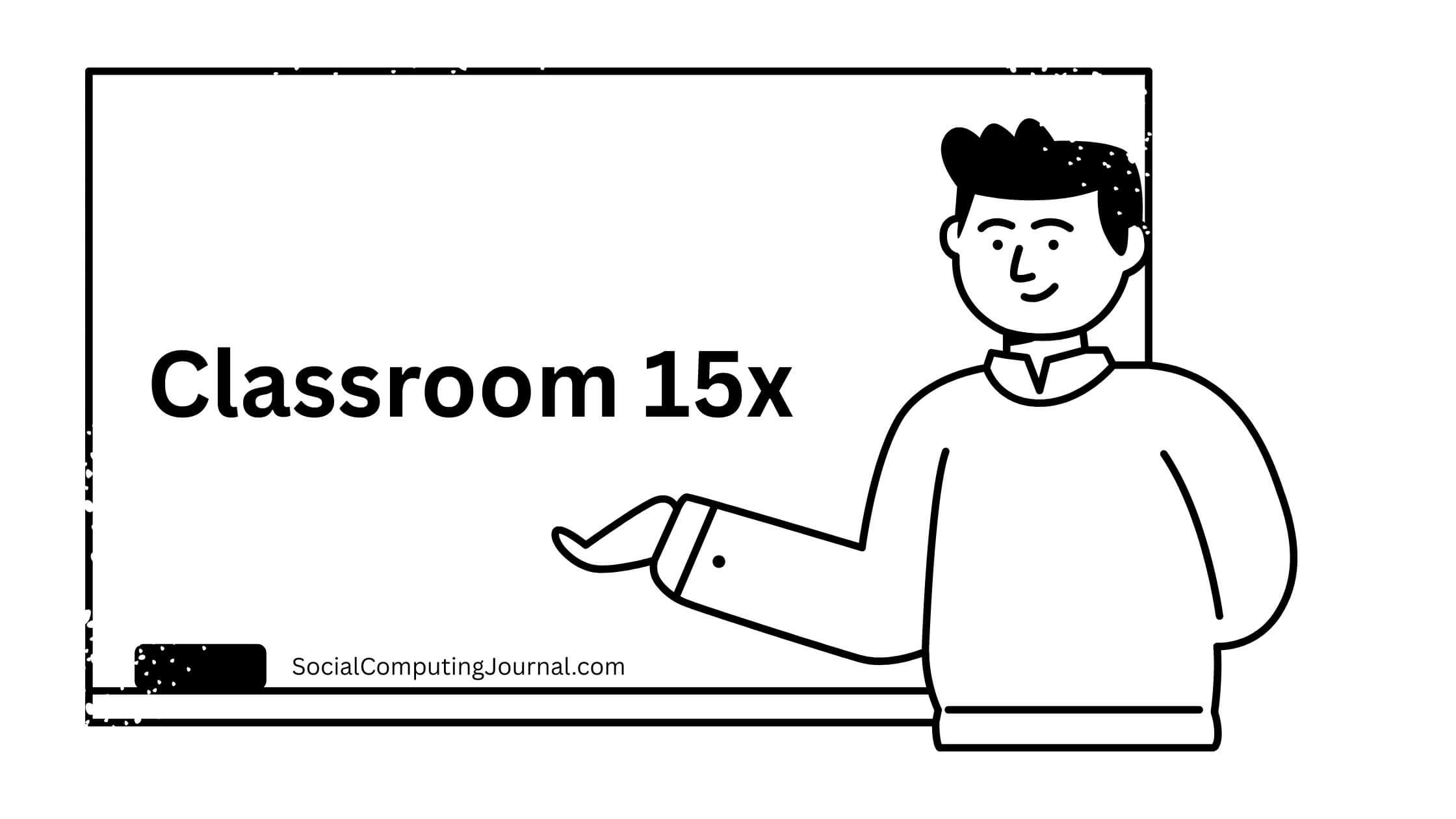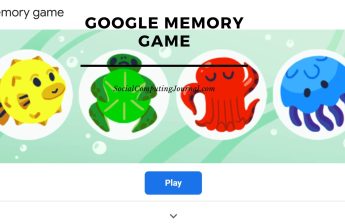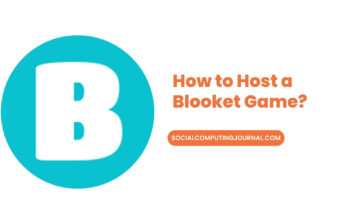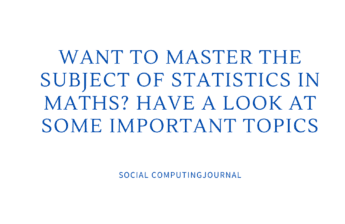Artificial Intelligence is already having a significant impact on many aspects of our daily lives, including education. Imagine a classroom where AI tutors know your learning style better than your teacher, where desks rearrange themselves for group projects, and where VR field trips replace textbooks. Please don’t take it as science fiction. It is classroom 15x, a model that blends education with the principles of social computing. But how does it impact the learning? Does it foster human connection or reduce learning to a data feed? In this article, we shall try to find answers to these questions.
Contents
Social Computing and Classroom 15x
An AI-powered classroom seems like the work of science fiction. But it is not just flashy tech. Instead, it is a social ecosystem powered by:
Algorithmic Collaboration:
What AI does differently is personalize the lessons for students. But it does more than that. It organizes peer interactions, matching students for projects like a “Tinder for group work”.
Digital-Physical Hybridity:
At first glance, the classroom looks like a dynamic social network, with flexible furniture and AR Tools. In this classroom, interactions are tracked and optimized like LinkedIn Recommendations. It offers a digital and physical hybrid environment.
Real-Time Analytics as Social Feedback:
There are live data dashboards that help teachers adjust strategies. It looks like instant feedback loops of social media platforms.
Case Study: Classroom 15X vs. Finland’s “Phenomenon Learning”
We can compare classroom 15x’s tech-heavy approach to Finland’s collaborative, low-tech “phenomenon-based learning” model:
| Aspect | Classroom 15X | Finland’s Model |
| Collaboration Driver | AI-mediated peer matching | Teacher-facilitated student curiosity |
| Tech Role | Central (AR, analytics) | Supplemental (minimal screens) |
| Social Equity | Risk of digital divides | Emphasis on equal access to teachers |
Takeaway: What we can learn from it is that technology can enable collaboration—but not replace the human touch.
The Dark Side: Privacy, Screen Fatigue, and Digital Divides
Everything is not right with the tech-heavy and modern approach of Classroom 15x. Here are some dark sides to this approach.
Privacy Paradox:
There are some privacy concerns about classroom 15x. Although real-time student analytics could empower teachers but it can also become a surveillance tool. Take the example of China’s “smart classrooms” that monitor engagement via facial recognition.
Hybrid Learning Burnout:
- Many people have experienced fatigue while working remotely with Zoom. Will 15X’s “always-on” tech aggravate student stress?
Accessibility Gaps:
Is it possible for all the schools to afford 15x’s tech? Or will it deepen inequalities? These are major questions that need to be considered seriously.
Provocation: Social computing promises inclusivity—but without guardrails, it may only serve the privileged.
Learn more about What is Social Computing.
The Future: A “Social Computing Scorecard” for Education
Many schools are already adopting AI models. But you need to be careful about what lies ahead. Propose a framework to evaluate models like 15X:
Connection vs. Isolation:
Does tech foster meaningful interaction? We need to monitor the Ratio of student-to-student (S2S) and student-to-teacher (S2T) interactions before/after tech integration.
Transparency vs. Black Boxes:
Are algorithms explainable to students? It is important to assess the percentage of students/parents who understand how algorithms influence their learning paths.
Access vs. Exclusion:
- Can low-income schools replicate this? What is the cost per student for tech? Can public schools with a limited budget replicate this?
Conclusion
Classroom 15X gives us a glimpse into the future, but the social computing community must shape it. What do you think? Should we optimize classrooms for efficiency, or human growth? Share your vision in the comments.







